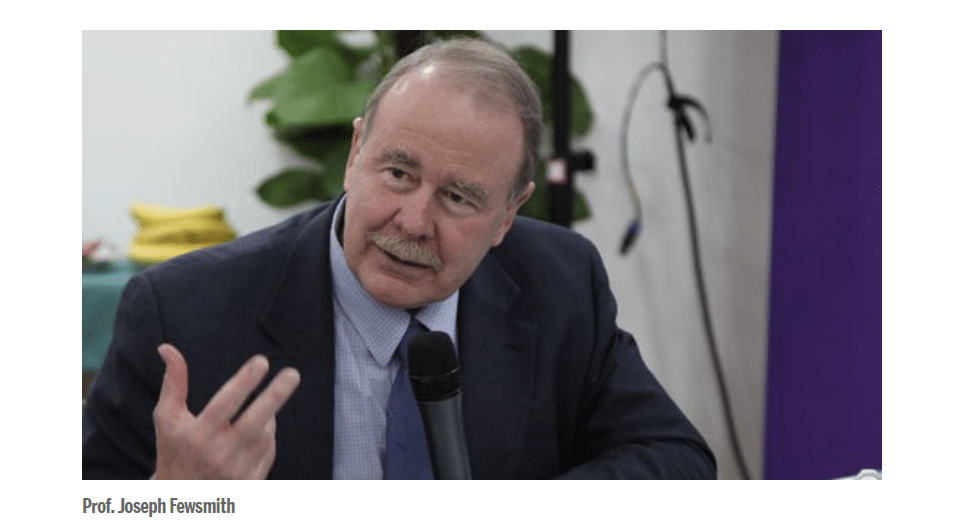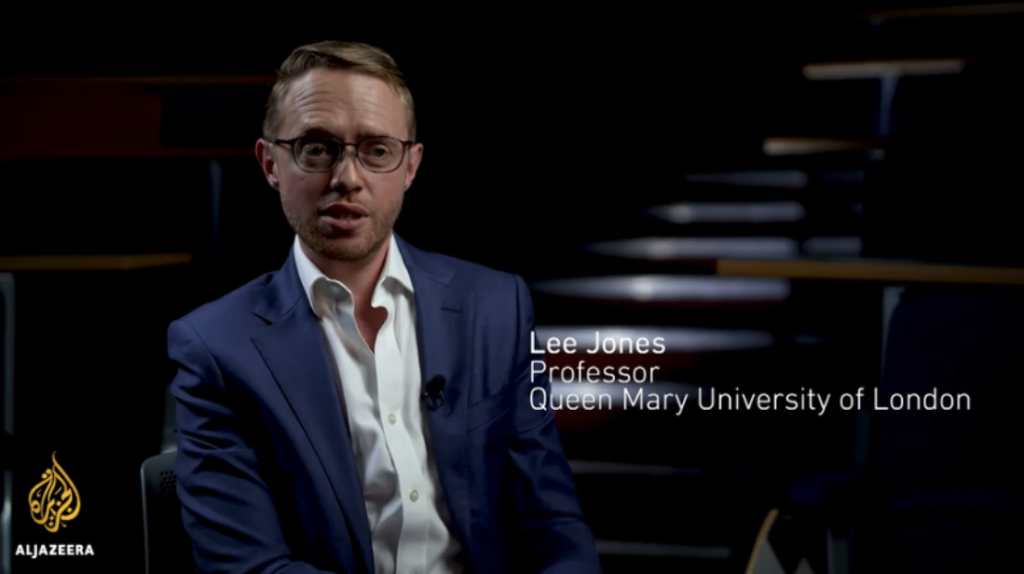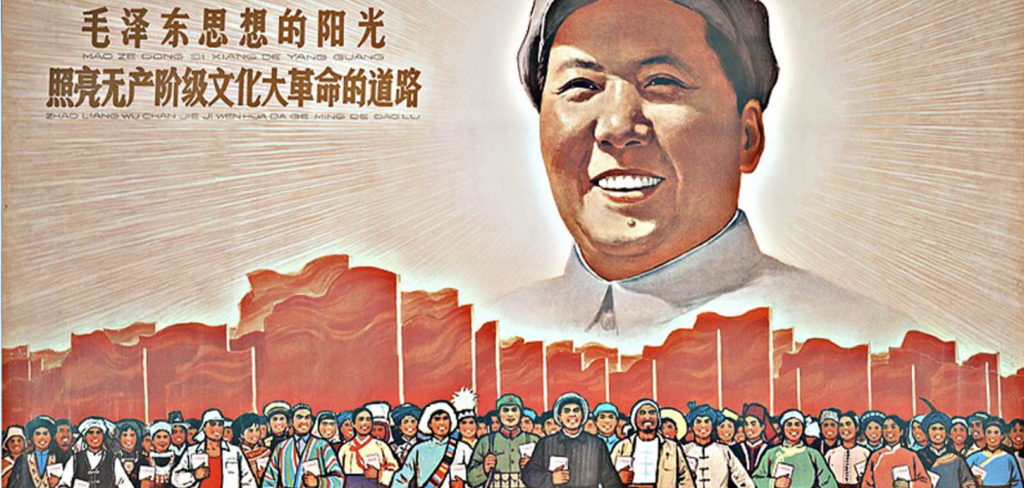Japan’s Prime Minister Takaichi Finally Says Something Close to What Beijing Wants to Hear
Pivot Back: President Trump Withdraws from TPP
Let us take a moment for us to mourn, The Transpacific Partnership (TPP) is dead. While Seasoned Asia hands and casual onlookers alike had seen the writing on the wall for a better part of the last year, to put it bluntly, people lost their minds. Sen. John McCain, blasted the decision saying the pullout “will have lasting consequences for America’s economy and our strategic position in the Asia-Pacific region”, as Sanders supporters and Trump Voters alike celebrate over the win. There are however eleven other partner nations that do not wish to see nine years of negotiations go to waste. Australia and New Zealand for instance have taken the leadership role upon their shoulders, Japan has begun to implement a contingency plan of their own, and China is working to market itself as the most viable partner to fill the void. To Paraphrase Mark Twain “The Reports of Its Death Have Been Greatly Exaggerated”
The Australians are divided. On one side you have those who see the decision by the Trump Administration to back away from the signature deal of Obama’s Pivot to Asia as a blessing. Much like in the U.S, conservatives within the Australian government see the creation of an Asia Pacific free trade zone via the TPP as being detrimental to keeping jobs in the country. To them, the backing out of the U.S created an opening where Australia can do the same with little political repercussions. Domestically, the government has gone quiet on the deal, with the latest update to the official TPP website being two days after President Trump won the election.
On the international level however Australia is still being vocal about their commitment to multinational Free Trade Deals with the Trade Minister Steven Ciobo being quoted as saying there are “gains that Australia, Japan, Canada, Mexico and other countries want to keep hold of. Which is why a number of us had a conversation about a possible TPP 12 minus one.” The main concern of the Australians is inversely the main reason why President Trump wishes to proceed outside the realm of the TPP. To all parties involved, if the U.S starts utilizing bilateral negotiations with TPP counties there is a high likelihood deals made would grant the same concessions that the TPP would have to the U.S without providing those benefits to other countries.
 In order to circumvent this reality Japan and New Zealand have both signaled that they would place their diplomatic efforts into an another venue, with the latter’s Prime Minister Bill English stating “We’ve got this RCEP(Regional Comprehensive Economic Partnership)agreement with Southeast Asia, which up until now has been on a bit of a slow burn, but we might find the political will for that to pick up if TPP isn’t going to proceed.” To those who may be unfamiliar, the RCEP is a proposed Free Trade Agreement between the ten ASEAN members, China, India, South Korea, Australia, and Japan. In essence, this proposal would create a free trade zone in Asia Pacific just like the TPP, but differs due to looser restrictions on issues such as the environment and labor while also including China.
In order to circumvent this reality Japan and New Zealand have both signaled that they would place their diplomatic efforts into an another venue, with the latter’s Prime Minister Bill English stating “We’ve got this RCEP(Regional Comprehensive Economic Partnership)agreement with Southeast Asia, which up until now has been on a bit of a slow burn, but we might find the political will for that to pick up if TPP isn’t going to proceed.” To those who may be unfamiliar, the RCEP is a proposed Free Trade Agreement between the ten ASEAN members, China, India, South Korea, Australia, and Japan. In essence, this proposal would create a free trade zone in Asia Pacific just like the TPP, but differs due to looser restrictions on issues such as the environment and labor while also including China.
Japan is the surprise actor in this equation. Traditionally, liberal economic practices are not the norm for the Japanese one way for them to stave off the economic stagnation stemming from an ageing population is through neoliberal global engagement. In a press conference January 24th, 2017 Shinzo Abe spoke publicly stating “I believe President Trump understands the importance of free and fair trade, so I’d like to pursue his understanding on the strategic and economic importance of the TPP agreement tenaciously.” Elements within the Abe Government are now moving with plans to more heavy RCEP because they recognize that in essence without the U.S the deal is “Meaningless” even though it would mean granting the Chinese greater access to markets within the region.
There is no doubt after President Xi’s speech at the World Economic Forum in Davos Switzerland that China aims to take the place of the United States when it comes to supporting free trade in Asia. In a world without TPP the Chinese are the most obvious beneficiary, and as Eric Altbach former deputy assistant US Trade Representative for China Affairs so eloquently said “It’s a giant gift to the Chinese because they now can pitch themselves as the driver of trade liberalization.” While China already has its own tools such as the Asian Infrastructure Investment Bank (AIIB) and the China Import Export bank (China Exim) to facilitate soft power in the region it has begun lending its support to the RCEP. This would unequivocally solidify their role as the largest economic player and partner in the Asia Pacific.
While Free Trade Agreements are inherently economic in nature, the implications of U.S abandonment of the TPP permeates deep into the realm of foreign policy. One of the main aims of China’s exclusion from the TPP was to pressure them into aligning with the international status quo on issues such as the South China Sea, the environment, and intellectual property. In the past the Chinese have changed their behavior in order to gain entry to the World Trade Organization (WTO) and to negotiate a Code of Conduct with the ASEAN states. With China set to become more connected than ever by the RCEP President Trump has removed a valuable tool for norm creation from the table. Coupled with the hard lined rhetoric, disregard for the One China Policy, and Trump’s choice of advisors, the U.S is beginning to back itself into a corner. Time will only tell as we wait for events to unfold.
Daniel Grober is one of the Spring 2017 interns at the Carter Center’s China Program. You can follow him on Twitter @Daniel_Grober.









